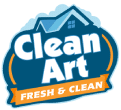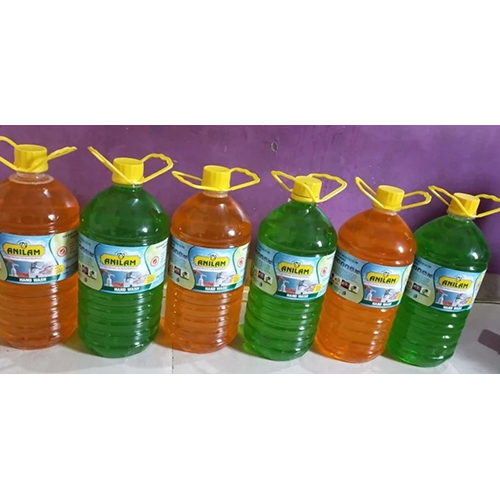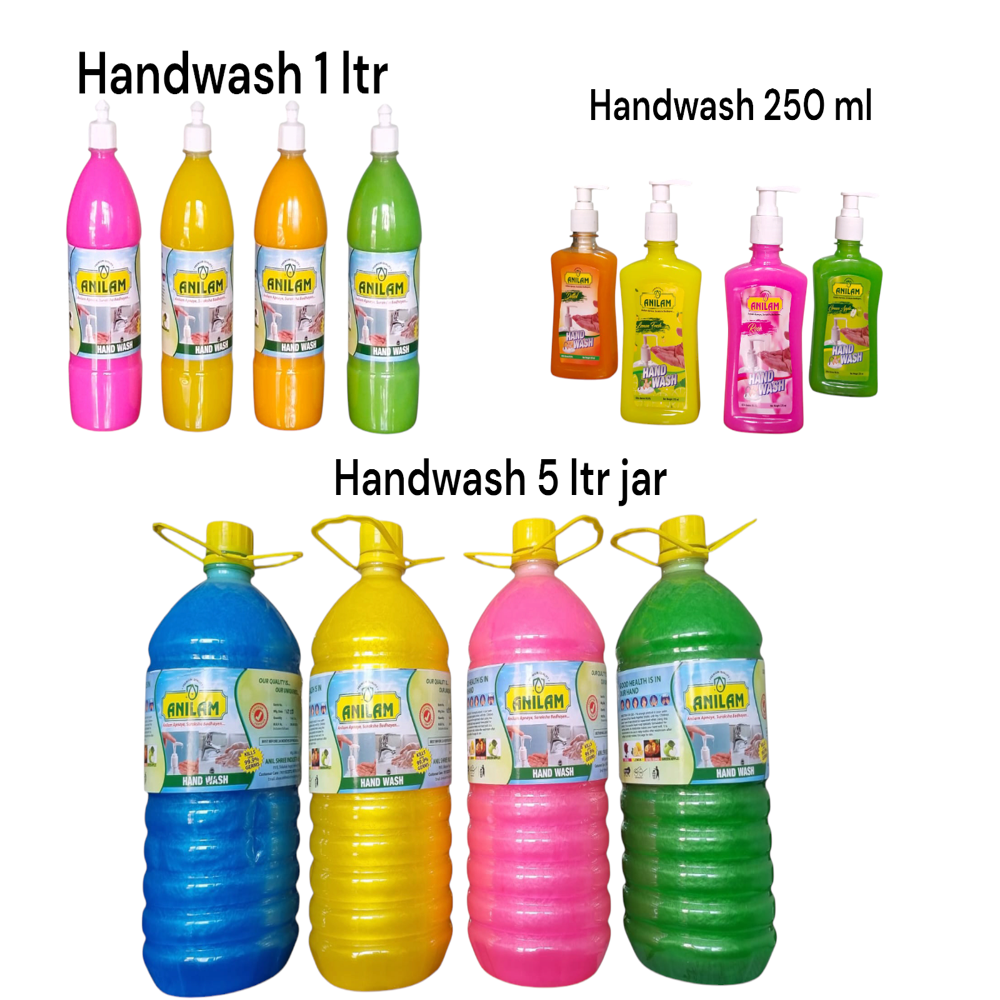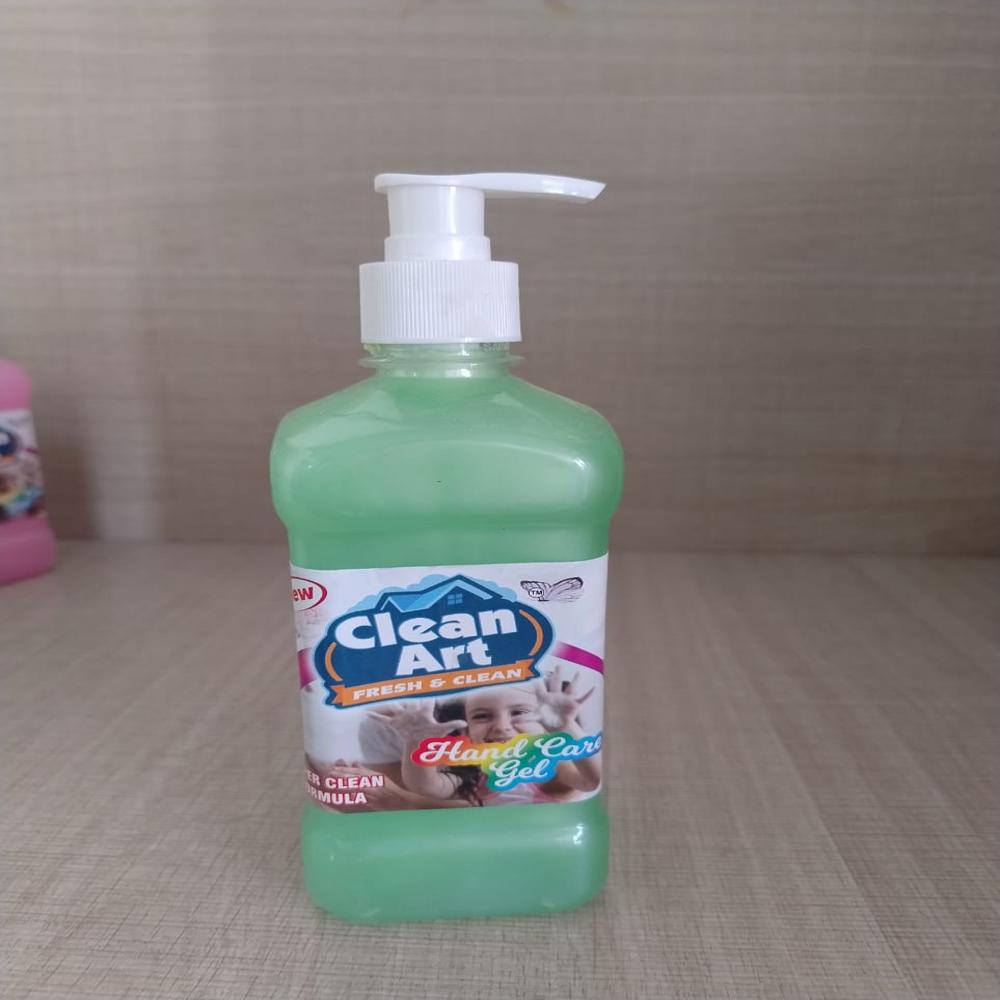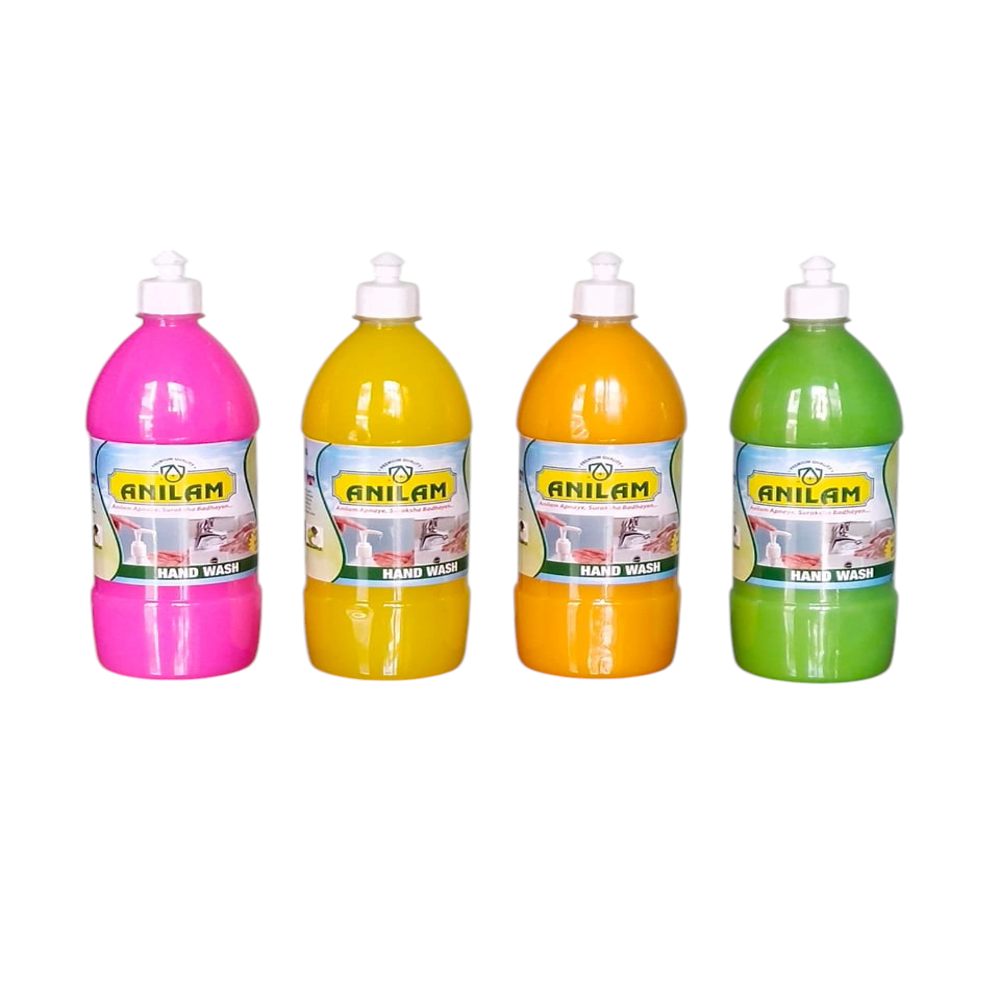
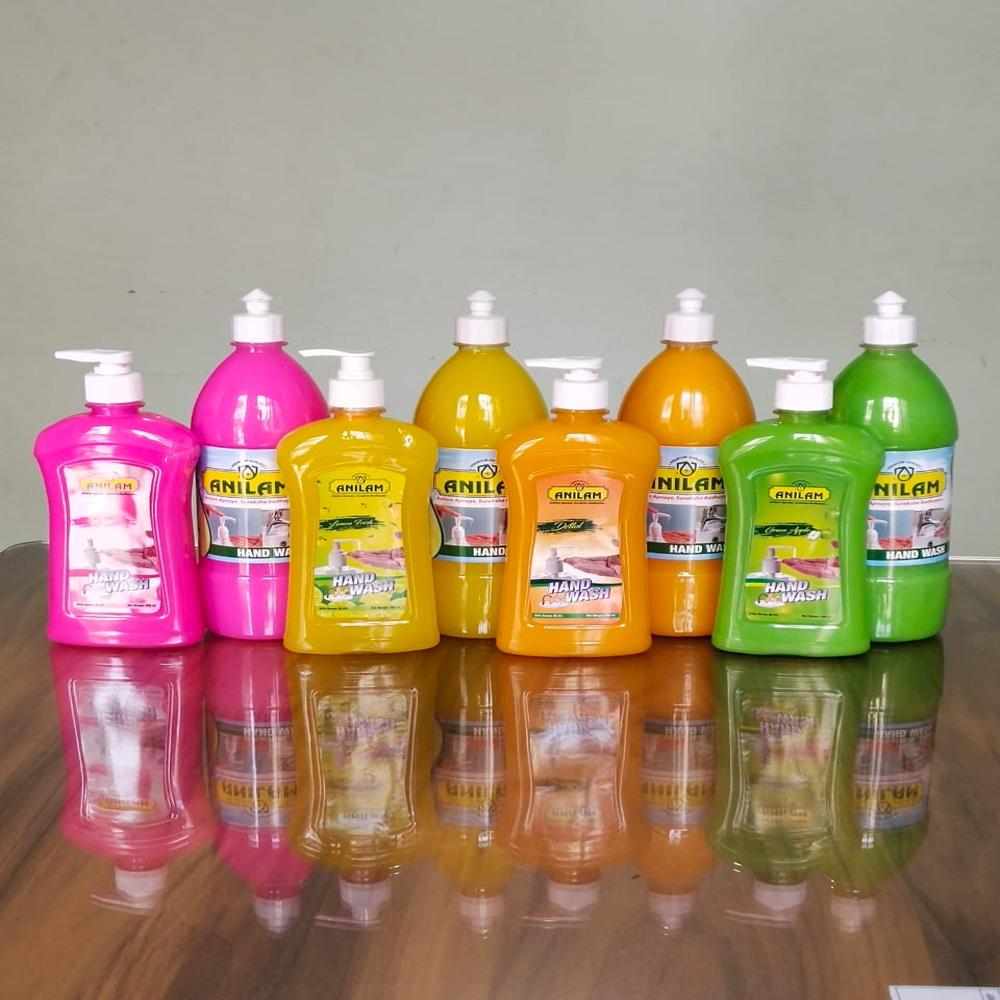
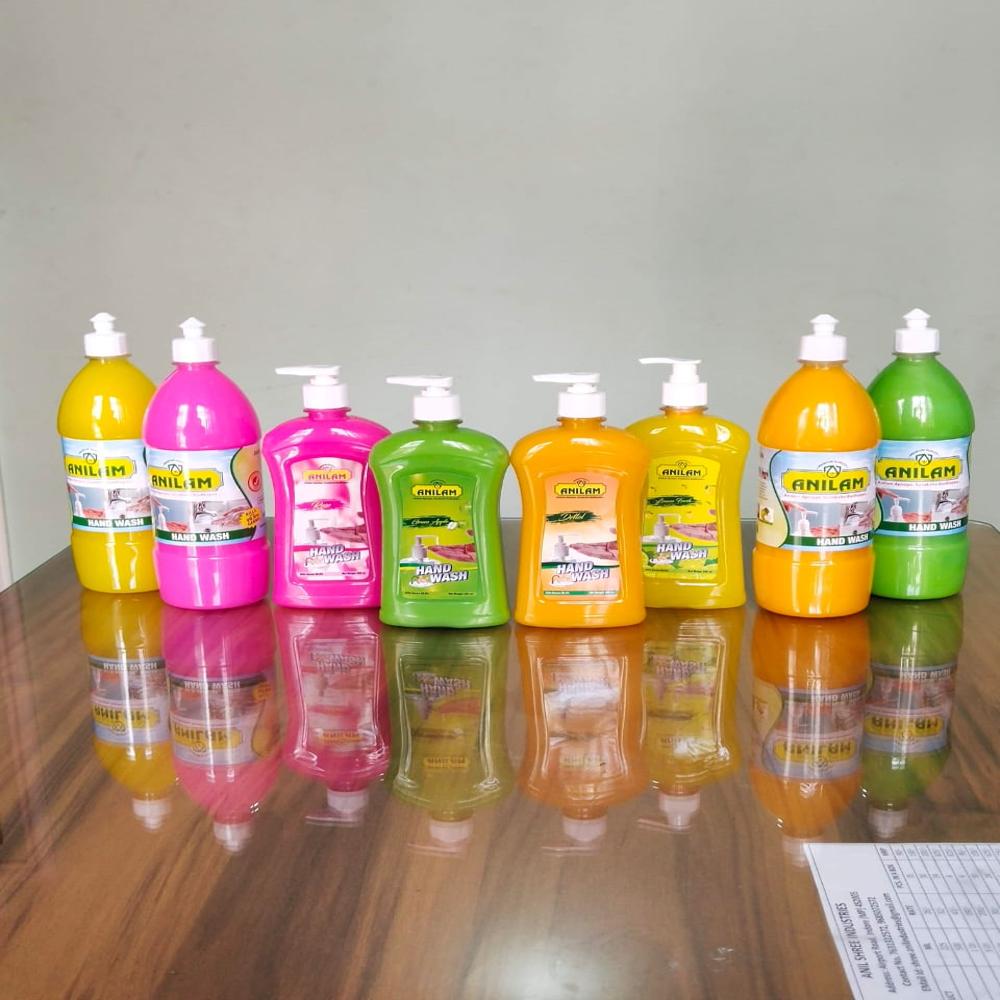
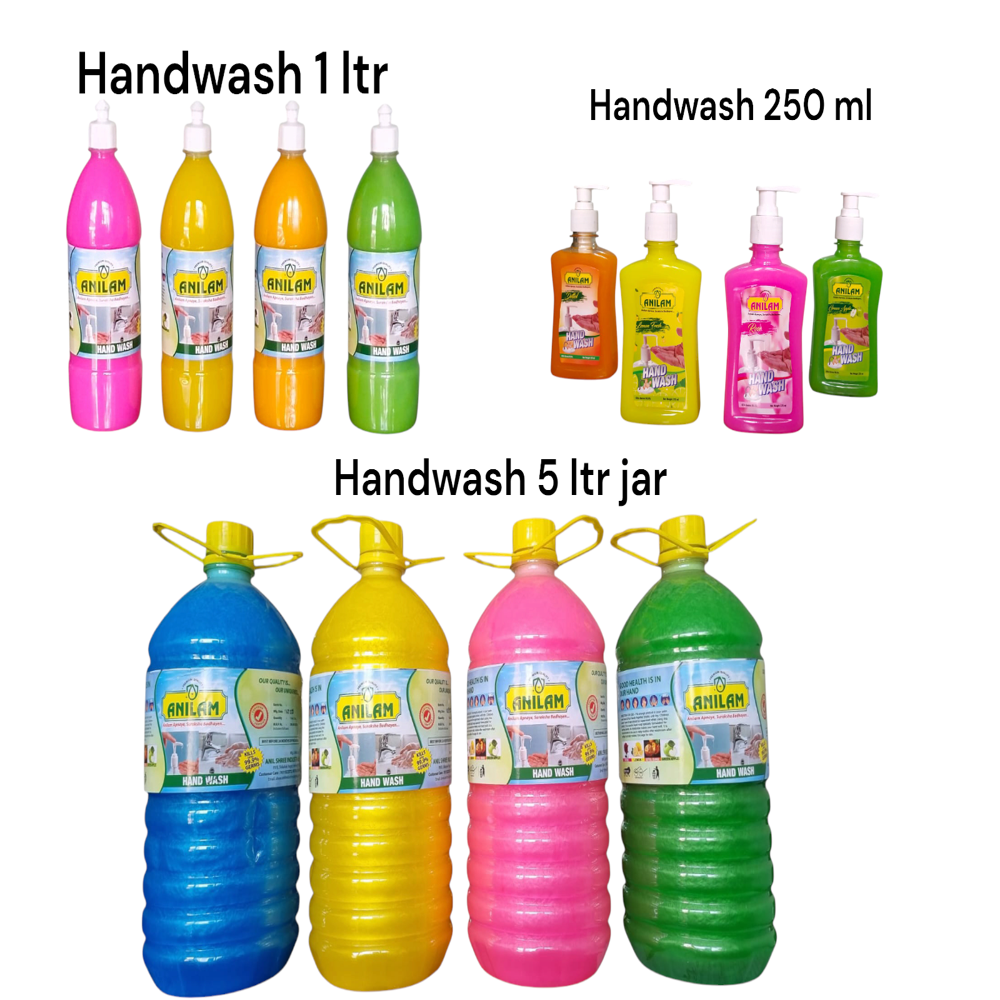
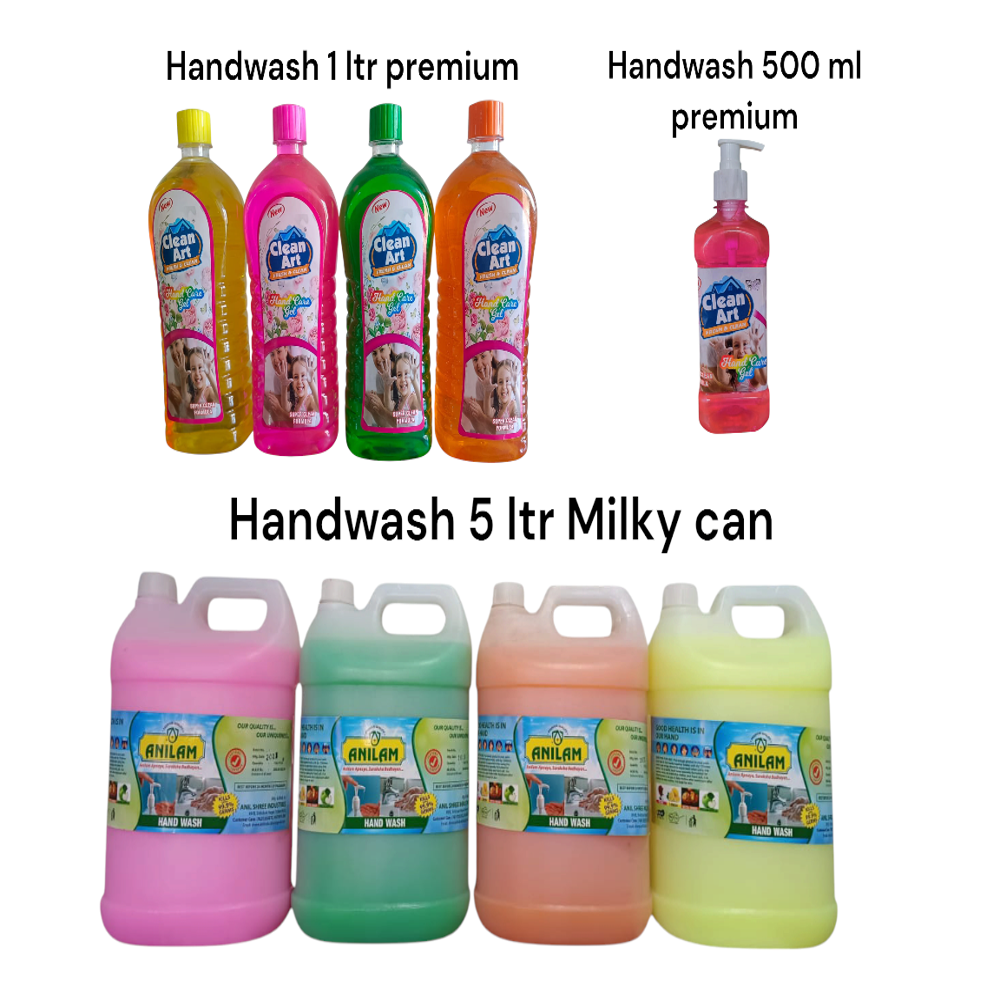
Anilam 1 Ltr Rose Handwash Fragrance Price And Quantity
- 24 Piece
- 38.0 INR/Piece
Anilam 1 Ltr Rose Handwash Fragrance Product Specifications
- Red
Anilam 1 Ltr Rose Handwash Fragrance Trade Information
- Cash in Advance (CID)
- 1000 Piece Per Day
- 2 Days
- 24 pcs in one box
- All India
- Isi certified
Product Description
Appearance: Usually a clear or lightly colored liquid; some are scented to leave a fresh aroma after use.
Ingredients:
Active Disinfecting Agents: Such as quaternary ammonium compounds, hydrogen peroxide, or sodium hypochlorite (bleach), which kill or neutralize pathogens.
Surfactants: Detergents or soap-like compounds that help lift dirt, oils, and residues from surfaces.
Alcohols: Isopropyl or ethanol in some formulations to aid in rapid germ-killing.
Fragrances and Essential Oils: Often added for a pleasant scent, although some are fragrance-free for sensitive users.
Types: Available in general-purpose and specialty formulations. Some are designed for specific surfaces like countertops, glass, metal, wood, and fabric.
Usage: Typically sprayed directly onto surfaces or applied with a cloth. For effective disinfection, most cleaners require a "dwell time" (e.g., 5-10 minutes) to allow the solution to kill microbes before being wiped off.
Properties: Cleans and disinfects in one step, leaving surfaces free of germs, dust, grease, and smudges. Some formulations may also provide streak-free shine on glass or glossy surfaces.
Safety: Generally safe when used as directed. Some require gloves for handling, particularly if they contain stronger disinfecting agents. Most are non-toxic after drying, but its best to avoid contact with food-preparation areas unless specified as food-safe.

Price:
- 50
- 100
- 200
- 250
- 500
- 1000+
